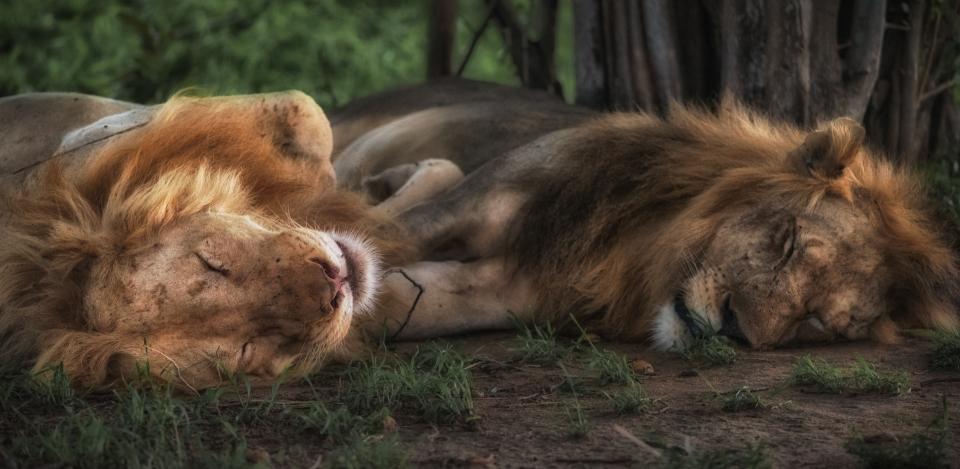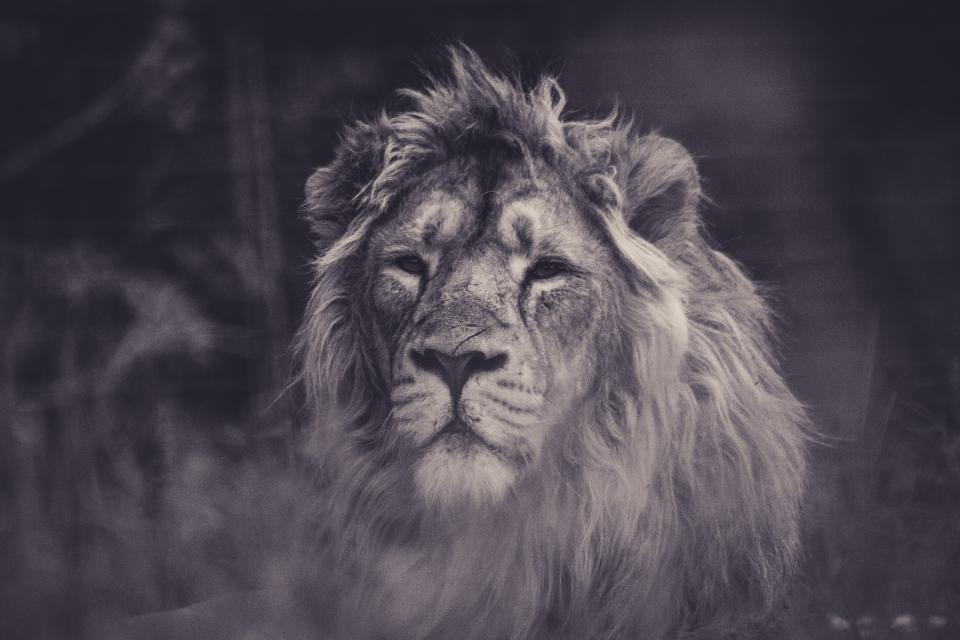Part 1: The Science of Feline Grooming

1.1 The Role of Grooming in Hygiene
1.1.1 Keeping Clean: A Masterful Cleaning Routine
- Cats are renowned for their meticulous grooming habits, devoting a significant portion of their day to licking their fur. This isn't just about aesthetics; it's a vital hygiene practice.
- Their rough tongues, covered in tiny, backward-facing papillae, act like natural brushes, effectively removing dirt, debris, and parasites from their coats.
- The licking action also distributes natural oils produced by their skin throughout the coat, enhancing its water resistance and giving it a healthy shine.
- This self-grooming routine is crucial for maintaining a clean and hygienic coat, essential for their overall health and well-being. A clean coat helps to prevent skin infections, infestations, and matting.
1.1.2 Temperature Regulation: Keeping Cool and Warm
- Grooming plays a key role in temperature regulation, helping cats adapt to fluctuating environments.
- In hot weather, the licking action stimulates blood circulation, promoting heat dissipation and cooling the cat down.
- Conversely, in colder temperatures, the distribution of oils through grooming creates an insulating layer, trapping heat and helping them stay warm.
1.2 Communication Through Grooming: A Language of Licks and Touches
1.2.1 Social Bonds: Strengthening Connections
- Grooming is not just about cleanliness; it's a vital form of communication within feline social structures. It allows cats to express affection, trust, and establish social hierarchies within their colonies.
- When a cat grooms another, it's a gesture of acceptance, indicating a willingness to share resources and build a strong social bond.
1.2.2 Stress Relief: A Calming Ritual
- Grooming releases endorphins, which have mood-boosting and stress-relieving effects, making it a calming and comforting experience for cats.
- Engaging in reciprocal grooming – where both cats groom each other – can be particularly soothing, helping cats manage anxiety and maintain emotional well-being.
1.2.3 Dominance Hierarchies: Decoding the Social Order
- In multi-cat households, grooming patterns can reveal the intricate social dynamics at play. Higher-ranking cats typically groom lower-ranking cats more frequently, asserting their dominance and demonstrating their acceptance of the lower-ranking cat.
- Conversely, lower-ranking cats may show deference to the dominant cats by grooming them, solidifying the social structure within the group.
1.3 The Importance of Scent: A Silent Language of Pheromones
1.3.1 Pheromones: Invisible Messages
- Cats possess scent glands located around their mouth, cheeks, and paws. When they groom themselves, these glands release pheromones, invisible chemical messengers that convey essential information about the cat's identity, reproductive status, and emotional state.
- These pheromones play a crucial role in feline communication, allowing cats to understand each other without needing to vocalize.
1.3.2 Scent Marking: Defining Territories
- Grooming allows cats to distribute their unique scent throughout their fur and environment, establishing their territory and communicating with other cats in the colony.
- This scent marking helps maintain a cohesive social structure, reducing conflicts over resources and creating a sense of order within the group.
1.4 The Role of Sensory Stimulation: A Feast for the Senses
1.4.1 Tactile Stimulation: The Power of Touch
- Grooming provides tactile stimulation, which is essential for feline well-being. The licking and brushing actions activate sensory receptors in the cat's skin, promoting relaxation, reducing stress, and creating a sense of comfort.
1.4.2 Auditory Stimulation: A Soothing Soundscape
- The sound of a cat's tongue licking their fur can be a soothing and comforting experience, particularly for kittens during their early development. This auditory stimulation helps to bond mother and kittens and creates a sense of security.
Part 2: Grooming Behaviour in Different Cat Colonies

2.1 Domestic Cats: A Tale of Two Felines
2.1.1 Social Grooming: A Sign of Affection
- Domestic cats often groom each other as a sign of affection and trust, particularly between close companions. This behaviour strengthens their bond and helps maintain a peaceful cohabitation, creating a harmonious environment within the household.
2.1.2 Mother-Kitten Grooming: A Bond of Love and Care
- Mother cats meticulously groom their kittens, not only for hygiene but also to stimulate their digestive system, promote bonding, and teach them important social skills.
- This grooming behaviour is essential for the kitten's development, ensuring a healthy start to life and setting the foundation for their social interactions as they grow.
2.2 Feral Cats: A World of Survival
2.2.1 Social Hierarchy: A System of Order
- In feral cat colonies, grooming patterns reflect the established social hierarchy, mirroring the intricate social dynamics that govern their survival. Dominant cats groom lower-ranking cats more frequently, asserting their dominance and controlling the colony's resources.
2.2.2 Territorial Marking: Defining Boundaries
- Feral cats use grooming to distribute their scent, marking their territory and communicating with other cats in the colony. This scent marking helps maintain the social structure and reduces conflicts over resources, creating a sense of order and stability within the feral group.
2.3 Lions and Other Big Cats: A Social Glue
2.3.1 Social Cohesion: Maintaining Harmony
- Grooming is an essential social activity for lions, tigers, and other big cats, promoting social cohesion within their prides or groups. This behaviour helps maintain a harmonious and cooperative social structure, vital for their survival in the wild, where teamwork is essential for hunting, protecting their young, and defending their territory.
2.3.2 Hygiene and Parasite Removal: Essential for Health
- Big cats groom each other to remove dirt, debris, and parasites, ensuring a healthy coat and reducing the risk of infections. This grooming behaviour plays a crucial role in maintaining their physical well-being, allowing them to thrive in their wild environment.
Part 3: Why Do Cats Groom Humans? A Bridge Between Species
3.1 Affection and Trust: Building Bonds
- Cats grooming humans is a sign of affection and trust, indicating their acceptance and comfort with their human companions. This behaviour is a form of social bonding, mirroring the grooming rituals they engage in with other cats, but extending that affection to their human companions.
3.2 Scent Transfer: A Sense of Belonging
- Cats may groom humans to transfer their scent onto their clothing or skin, marking them as part of their social group. This scent transfer can be a reassuring behaviour, particularly for cats living in multi-cat households, indicating their acceptance of their human as part of their family.
3.3 Attention Seeking: A Subtle Request
- Grooming can also be a way for cats to seek attention from their human companions. They may groom specific areas, such as the face or hands, to elicit a response and encourage interaction. This subtle behaviour shows their desire for interaction and a need for attention from their humans.
Part 4: Grooming and Cat Health: When Grooming Becomes a Concern
4.1 Stress and Anxiety: A Sign of Discomfort
- Stressful environments can cause cats to groom excessively, leading to hair loss, skin irritation, and even self-mutilation. This excessive grooming can be a sign of anxiety or discomfort, highlighting the importance of providing a calm and supportive environment for cats, reducing stress triggers, and ensuring they have adequate enrichment and social interaction.
4.2 Medical Conditions: Seek Veterinary Advice
- Excessive grooming can also be a symptom of underlying medical conditions, such as allergies, parasites, or skin infections. If you notice any unusual grooming behaviour, such as licking or biting specific areas, it's essential to consult a veterinarian to rule out any medical causes and ensure your cat receives the appropriate treatment.
Part 5: FAQs: Common Questions and Answers
5.1 Why Do Cats Groom Themselves So Much?
Cats groom themselves frequently for hygiene, temperature regulation, and stress relief. Their rough tongues act as natural brushes, distributing oils throughout their coat, removing dirt, and promoting a healthy shine. They also lick to stimulate blood circulation for cooling down or to create an insulating layer for warmth.
5.2 What Does It Mean When A Cat Grooms Another Cat?
When a cat grooms another, it indicates affection, trust, and social bonding. It signifies acceptance and a willingness to share resources, reinforcing their social relationship within the colony.
5.3 Why Does My Cat Groom Me?
Cats may groom their humans as a sign of affection, trust, and acceptance. It can also be a way for them to transfer their scent onto their human companions, marking them as part of their social group, showing their acceptance of their human as part of their family.
5.4 Is It Normal For Cats To Groom Each Other Excessively?
Excessive grooming can be a sign of stress, anxiety, or underlying medical conditions. If you notice any unusual grooming behaviour, such as constant licking of a specific area, it's crucial to consult a veterinarian to rule out any potential issues.
5.5 How Can I Encourage My Cat to Groom Another Cat?
Providing a calm and supportive environment, allowing cats to interact freely, and offering opportunities for shared play can encourage grooming behaviour between cats. Creating a harmonious atmosphere and providing opportunities for positive interactions can help facilitate bonding and grooming between feline companions.
5.6 Is Grooming a Good Sign of a Healthy Cat?
Regular grooming is an indicator of a healthy cat. However, excessive grooming or changes in grooming habits could indicate stress, anxiety, or underlying medical conditions. If you notice any unusual grooming habits, it's best to consult a veterinarian to rule out any underlying issues and ensure your cat is healthy and happy.
Everyone is watching

Are Cat Ribs Flexible? Understanding Their Anatomy
CATS & KITTENSThis article delves into the fascinating world of feline anatomy, exploring the flexibility of cat ribs and ho...

Can Cats Eat Bananas? (Everything You Need to Know)
CATS & KITTENSThis article dives into the intriguing question of whether cats can safely enjoy the sweet, yellow fruit, bana...

Cat Lifespan: How Long Do Cats Live?
CATS & KITTENSThis comprehensive guide explores the factors influencing the lifespan of our feline companions, providing ins...

Can Cats Get COVID-19? What You Need to Know
CATS & KITTENSThis article will delve into the fascinating world of feline COVID-19 susceptibility. We'll explore whether ca...

Can Cats Eat Eggs? A Complete Guide to Egg Safety for Your Feline Friend
CATS & KITTENSWhen it comes to treating our furry companions, we all want to ensure we're doing what's best for them. Eggs...
